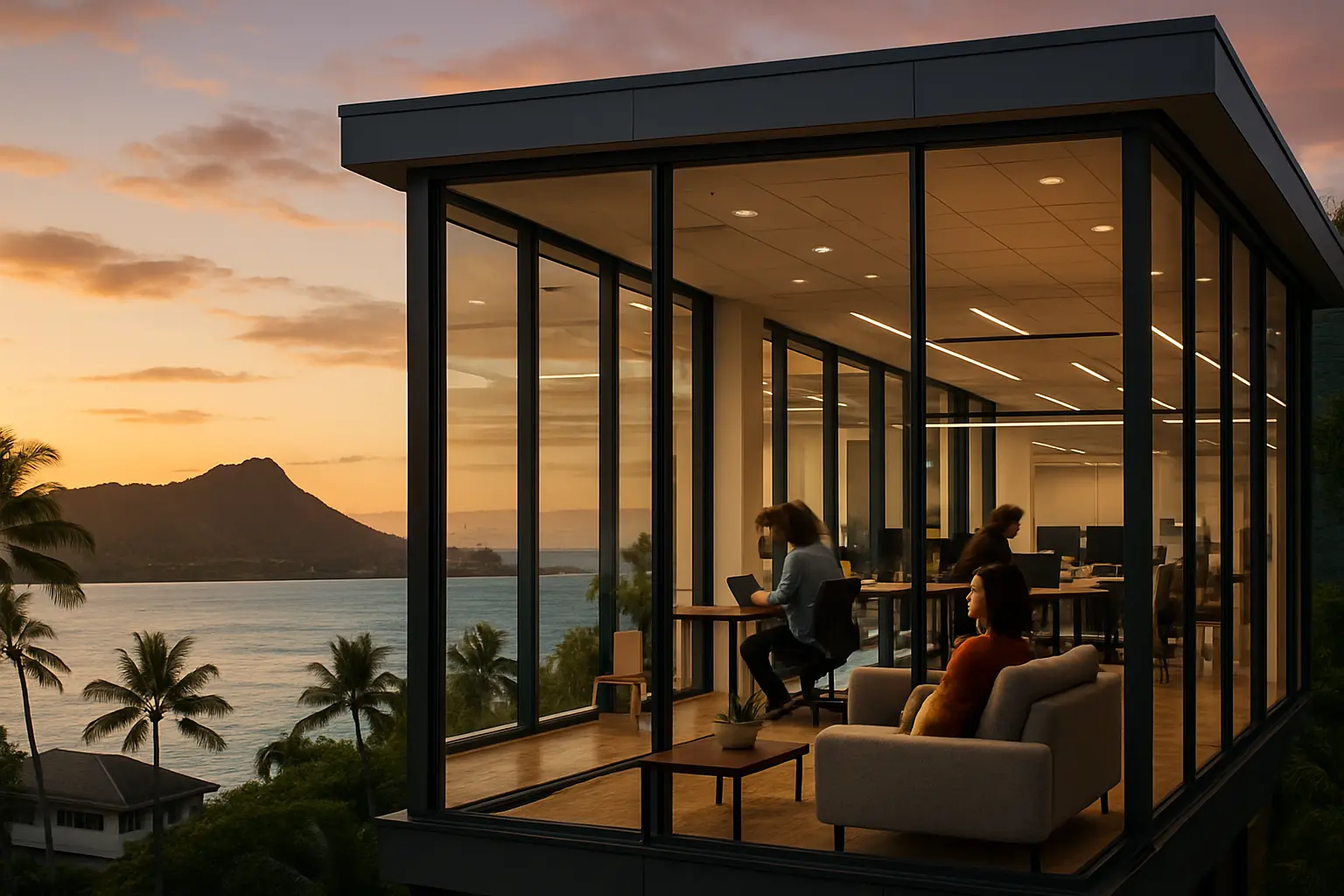Silicon Valley to Pacific Shores: The Rise of Hybrid Work-Live Spaces
How Campbell and Honolulu are pioneering the future of flexible commercial-residential properties in a post-pandemic world

The Evolution of Traditional Property Boundaries
In the wake of global workplace transformations, Campbell, California and Honolulu, Hawaii have emerged as unexpected pioneers in reimagining real estate. These two distinct markets are leading the charge in developing innovative hybrid properties that seamlessly blend living and working spaces, responding to the evolving needs of modern professionals.
Traditional boundaries between commercial and residential zones are rapidly dissolving as remote work becomes a permanent fixture of our professional landscape. In Campbell, tech professionals are driving demand for spaces that accommodate both their professional and personal lives, while Honolulu's unique island context has sparked creative solutions for maximizing limited urban space.
Smart Design Solutions
Architectural Innovation
These hybrid developments showcase groundbreaking design features that cater to dual-purpose living:
- Flexible floor plans with movable walls and modular furniture systems
- Soundproofed work pods and conference rooms integrated into residential layouts
- Shared amenities including professional-grade printing facilities and mail rooms
- High-speed fiber optic infrastructure throughout the properties
- Energy-efficient systems that reduce operational costs
Zoning Adaptations
Both cities have implemented progressive zoning policies to accommodate these hybrid spaces. Campbell has introduced "flex-zone" permits, while Honolulu has created special mixed-use districts that encourage innovative property development.
Investment Potential
The financial advantages of hybrid properties have caught the attention of investors and developers alike. Properties featuring dual-purpose capabilities command premium rates while offering reduced overhead costs for residents who no longer need separate office space.
"These hybrid spaces aren't just a trend – they're a response to fundamental changes in how we live and work," notes a prominent real estate developer. "We're seeing occupancy rates above 95% in both markets."
Market Performance Indicators
- 20% higher property values compared to traditional single-use buildings
- Reduced vacancy rates due to increased flexibility
- Strong appeal to tech startups and digital nomads
- Enhanced community engagement and local economic growth
Future-Proofing Real Estate
The impact of these hybrid spaces extends beyond individual properties, reshaping entire neighborhoods and communities. In Campbell, tech corridors are transforming into vibrant, 24-hour communities. Meanwhile, Honolulu's hybrid developments are creating sustainable micro-communities that reduce commute times and carbon footprints.
Community Benefits
- Reduced traffic congestion and environmental impact
- Increased work-life balance for residents
- Stronger local business ecosystems
- Enhanced neighborhood security through constant occupation
As these pioneering markets demonstrate, hybrid work-live spaces are more than a temporary solution – they represent the future of urban development. The success stories from Campbell and Honolulu are providing a blueprint for other cities looking to adapt to the changing needs of the modern workforce while creating more sustainable, vibrant communities.


